6 Things You Should Know About the New 2020 Dodge Charger Widebodies


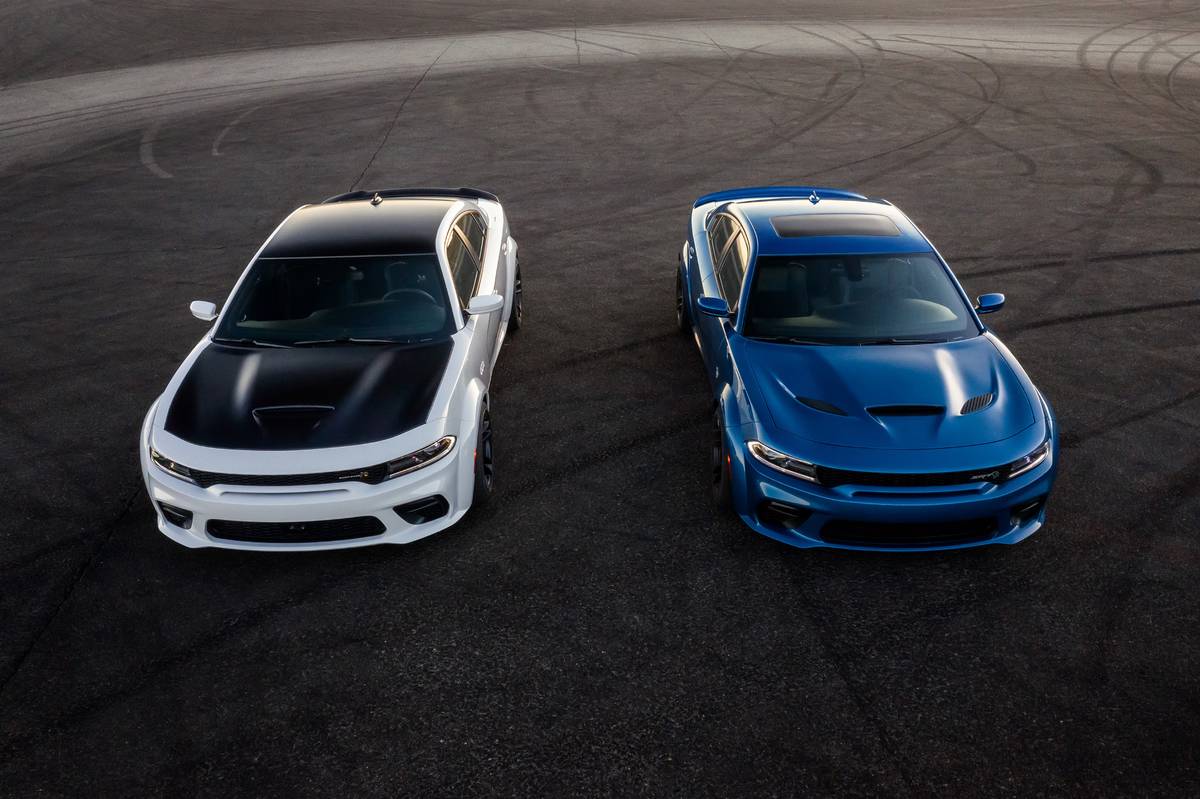

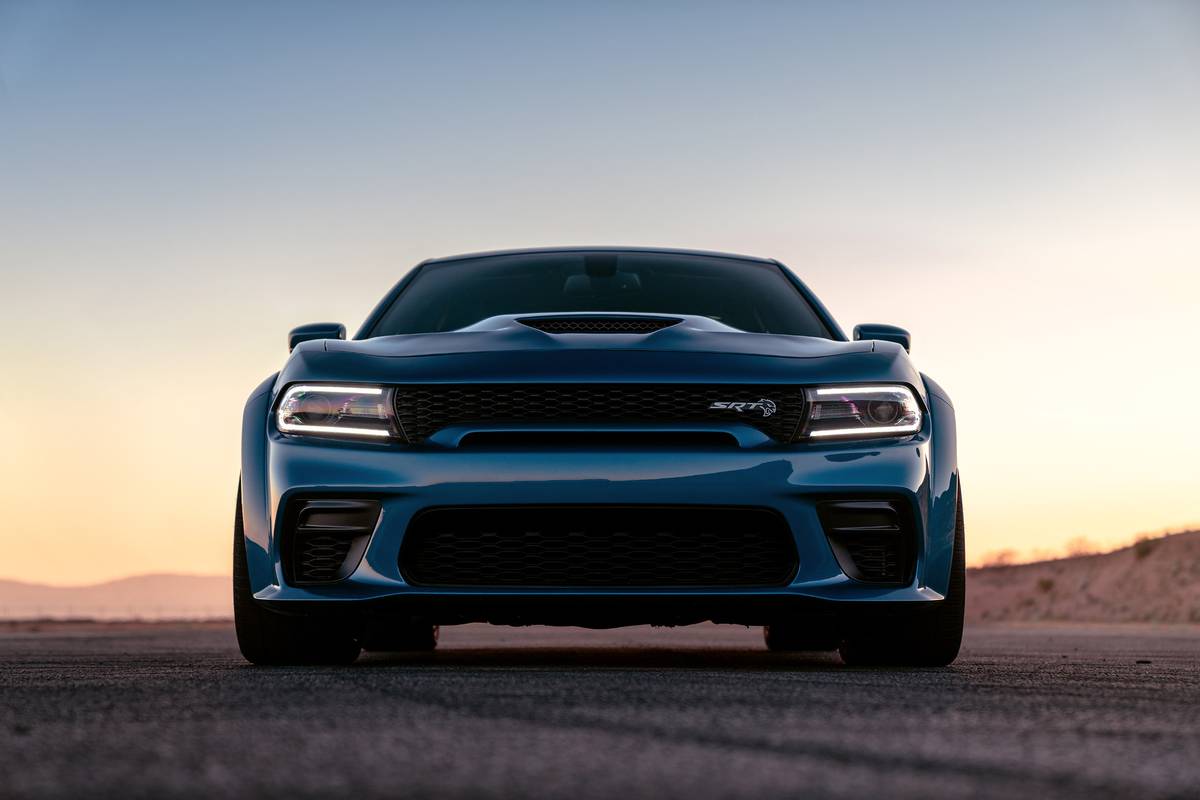
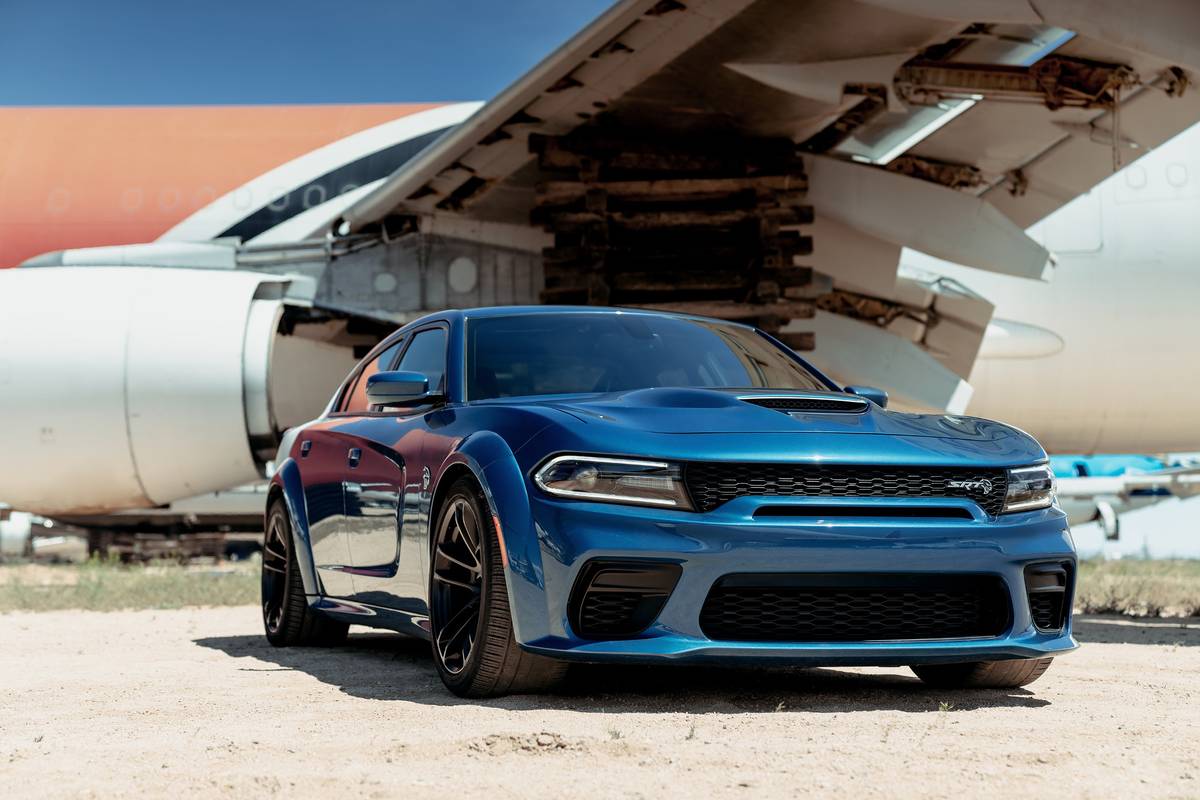
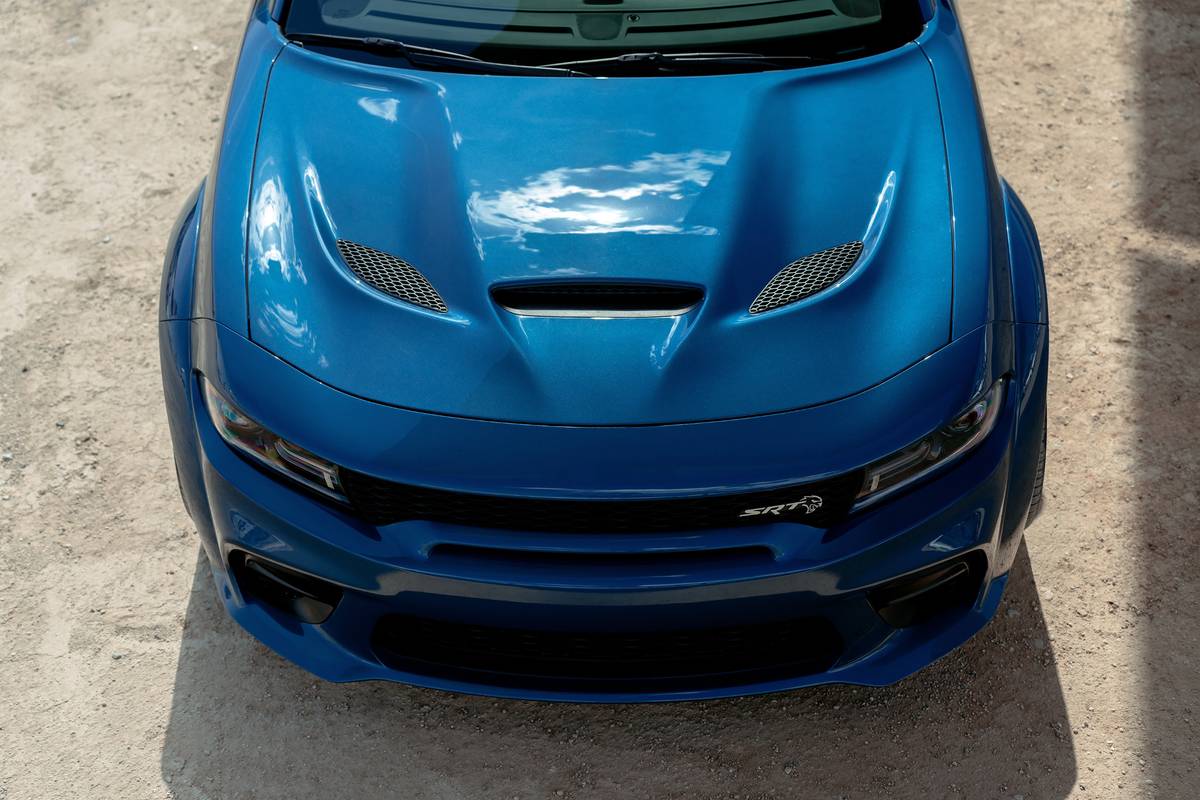
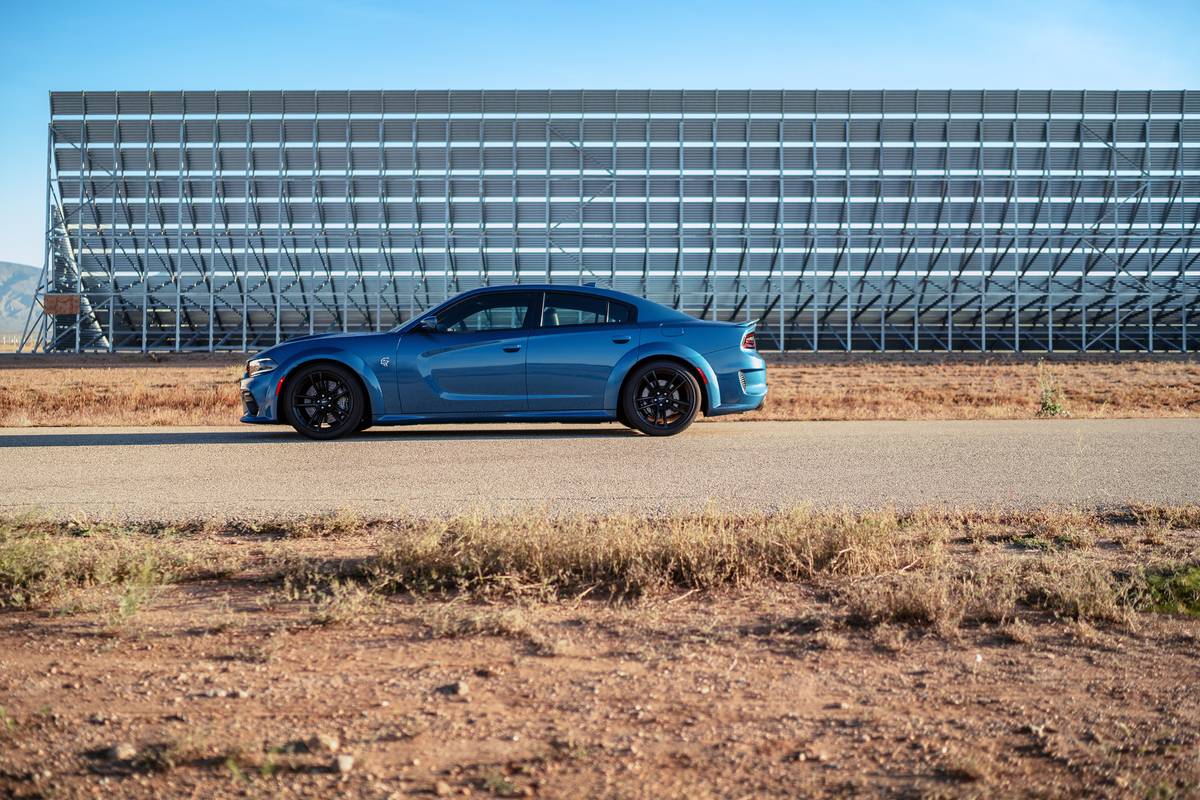
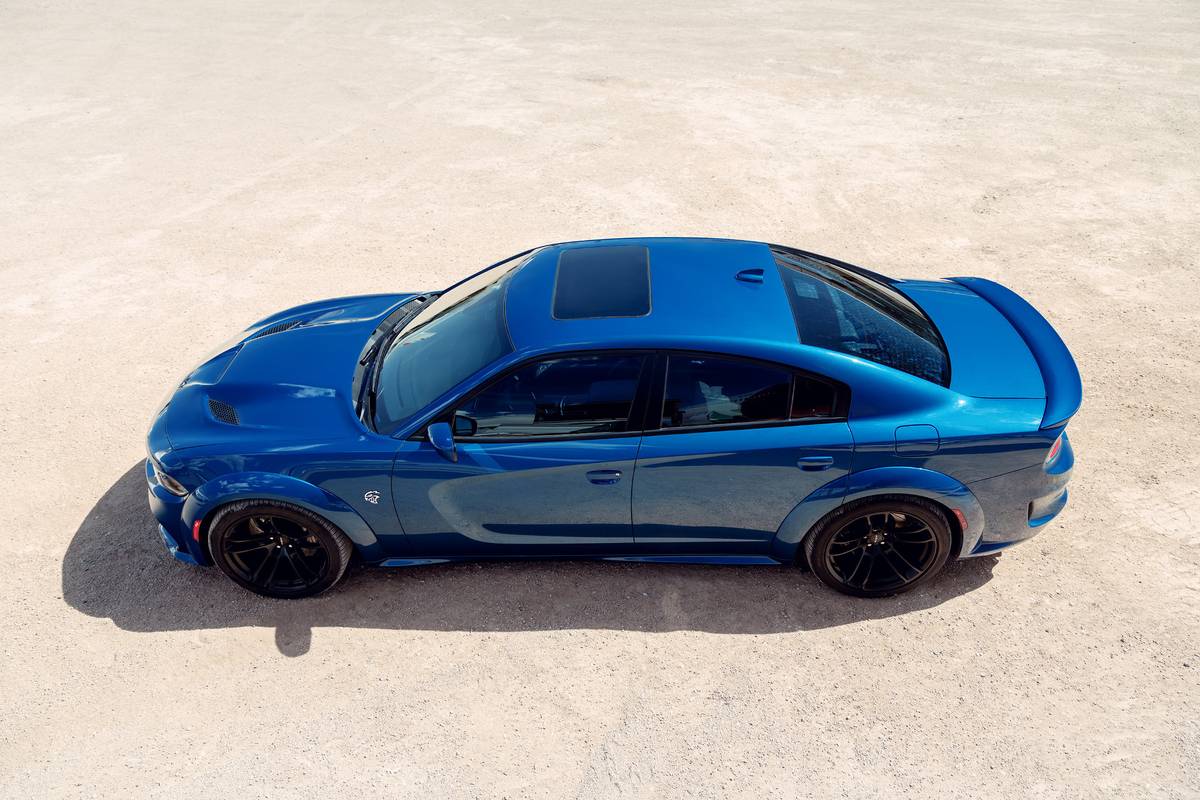

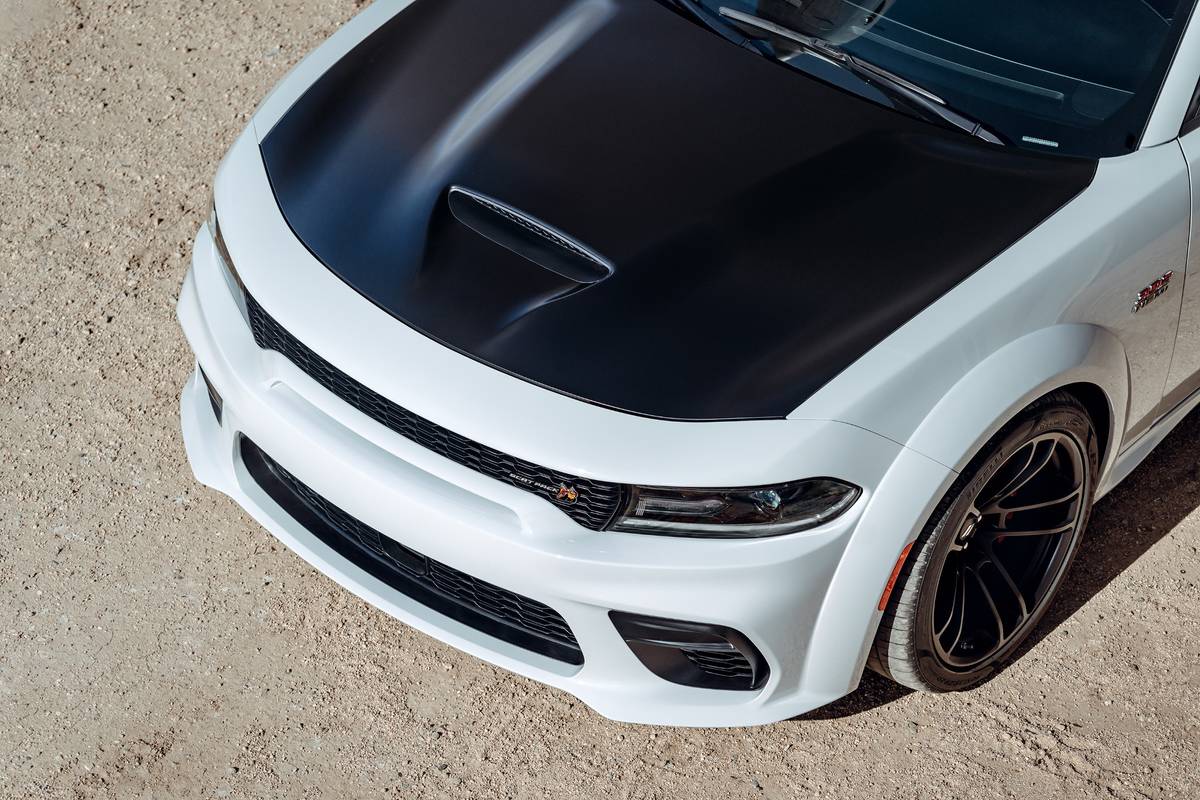
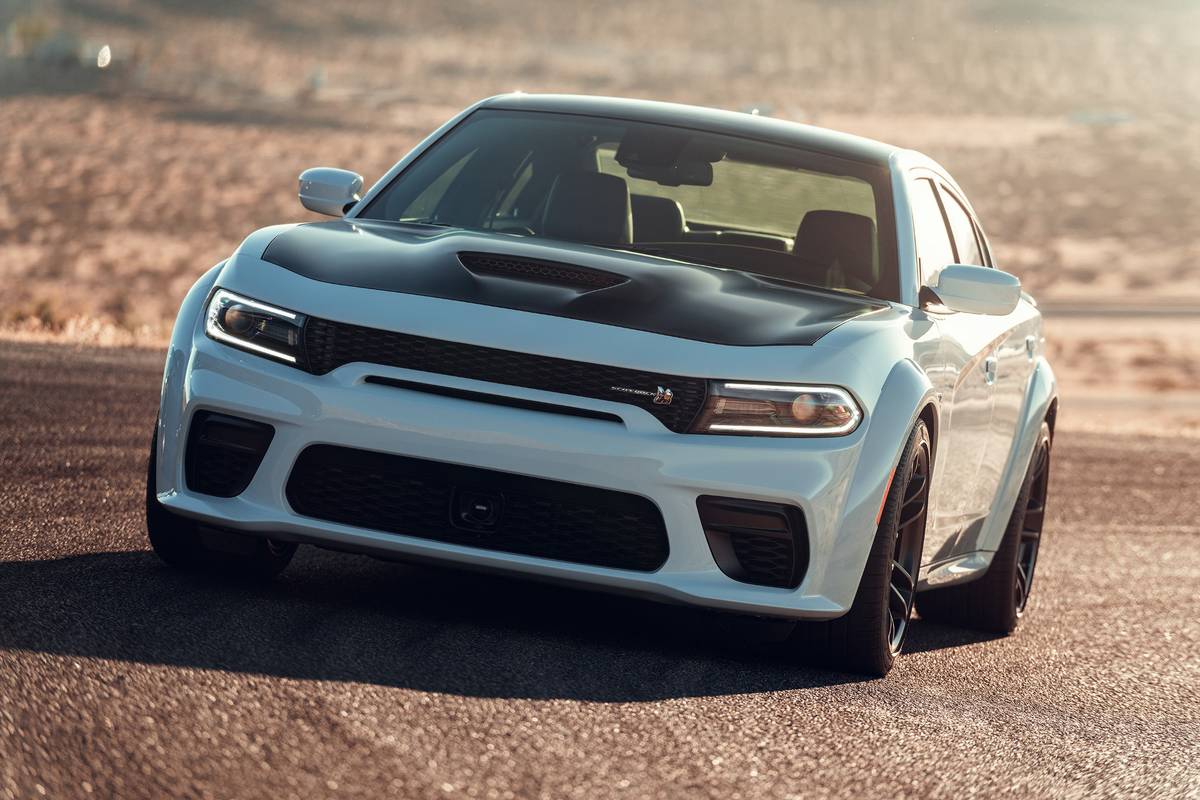

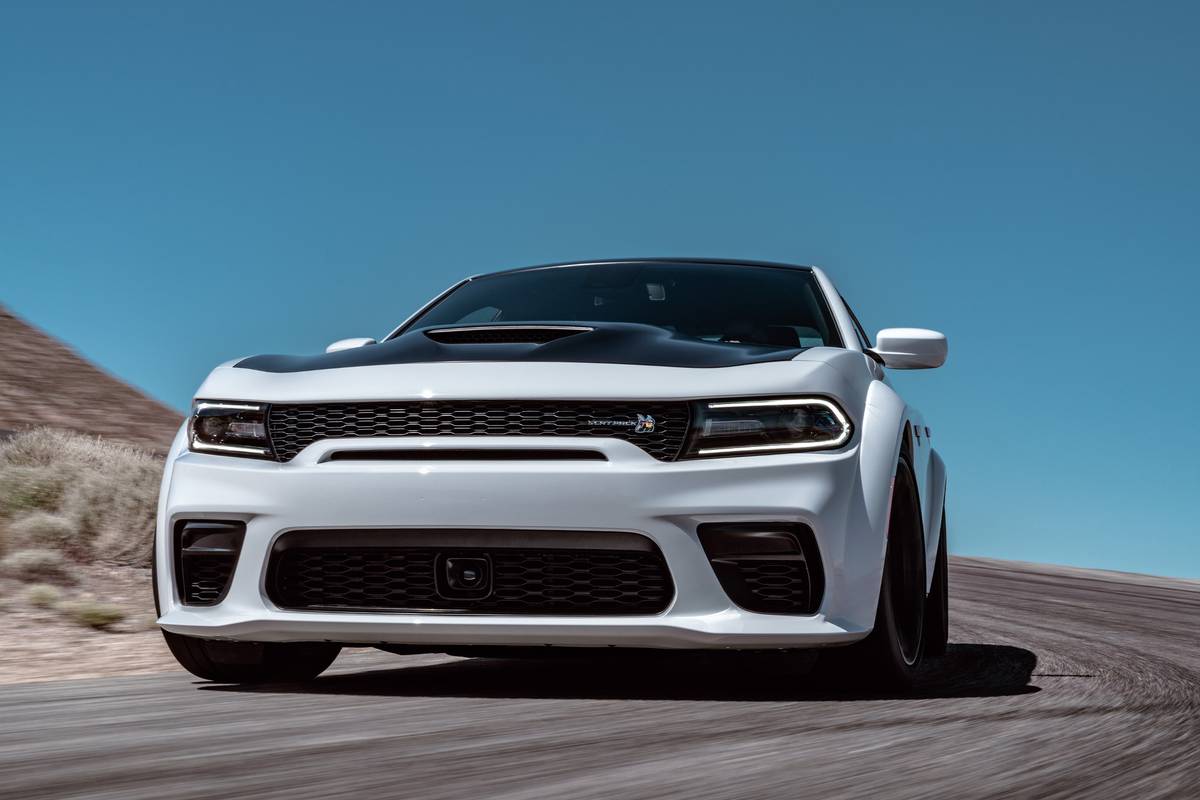















Cars may be dying for some makers, but Dodge keeps coming up with ways to breathe fresh life into sedans that trace their roots to before many now-dead cars were even born. Stretching the limits — literally — for 2020 are its new four-door Charger Widebodies.
Related: More Power Never Hurts: 2019 Dodge Challenger Hellcat Redeye First Drive
- ${price_badge()}
- ${ami_badge()}
- ${battery_badge()}${ev_report_link()}
- ${hot_car_badge()}
- ${award_badge()}
- ${cpo_badge()}
${price_badge_description}
${ami_badge_description}
The EV Battery Rating is based on this vehicle's current expected range relative to the vehicles expected range when new. ${battery_badge_text}
This vehicle is certified pre-owned, backed by a manufacturer warranty, and typically undergoes a rigorous multi-point inspection to ensure quality and reliability.
This vehicle is currently in high demand given its competitive price, desirable features, and overall condition, and may have a higher chance of selling quickly.
Shop the 2019 Dodge Charger near you


A Widebody configuration will be baked in as standard on the 2020 Charger SRT Hellcat and will be an optional package for the 2020 Charger Scat Pack. They follow on the Widebody packages added for Dodge’s two-door Challenger — in 2018 for the SRT Hellcat and in 2019 for the R/T Scat Pack, and as standard equipment on the new-for-2019 Challenger SRT Redeye. The look was pioneered on the drag-strip optimized 2018 Challenger Demon (updates for 2020 for Challengers have not yet been announced).
The 2020 Charger news follows a Charger Widebody concept shown in March. And it apparently lays to rest, for now anyway, rumors that there would also be an SRT Redeye version of the Charger. Pricing for the 2020 Charger SRT Hellcat and the Scat Pack Widebody option was not announced, but Dodge said ordering will open in the fall with deliveries beginning in early 2020.
“People say, ‘no one wants cars anymore.’ I would tell you that the 40,000 people who bought a Dodge Charger so far this year would probably agree, because to them, the Charger isn’t just a car. … It can’t be defined by average industry shifts,” Tim Kuniskis, Fiat Chrysler Automobiles’ North America chief of passenger cars, said in a statement. “Can you buy a vehicle that is dollar for dollar more practical than a Charger Widebody? Absolutely, but there are also more than 1,000 flavors of ice cream and vanilla is only one of them.”
A better question might be whether you can buy a vehicle that is dollar for dollar more fun. To help all you trend-resistant, vanilla-spurning muscle-car shoppers out there determine an answer to that question, here are six things you should know about the two new Widebody flavors of the 2020 Charger:
1. Wider Fenders, Fatter Tires
The most obvious differences for both cars are the fender flares that add 3.5 inches of width and house wider 20-by-11-inch wheels with bigger and grippier Pirelli 305/35ZR20 all-season performance tires (three-season tires available). New front and rear bumpers and lower body trim integrate the wider fenders. The Hellcat also gets a revised grille.
2. Retuned Suspension
To go with the wider tires and wheels, the Charger SRT Hellcat Widebody gets its own SRT suspension tuning with Bilstein adaptive shock absorbers, as well as 32 percent stiffer front spring rates and bigger sway bars, up from 32 millimeters to 34 in front and from 19 mm to 22 in the rear. The Scat Pack Widebody gets its own tuning with Bilstein adaptive shock absorbers, front spring rates that are 27 percent stiffer and a rear sway bar that is also beefed up to 22 mm.
3. Same Muscle
The Charger SRT Hellcat (modestly touted by Dodge as “the most powerful and fastest production sedan in the world” with a top speed of 196 mph) rolls into 2020 with its 707-horsepower, supercharged 6.2-liter V-8 that puts out 650 pounds-feet of torque and is mated to an eight-speed automatic transmission. The Charger Scat Pack (slogan: “most muscle for the dollar”) continues with a 485-hp, 6.4-liter (392-cubic-inch) V-8 and eight-speed automatic. Both are equipped with standard launch control, launch assist (to limit wheel hop) and line lock (to hold the car with the front brakes and leave the rear wheels free for burnouts).
4. But More Go
Dodge estimates the Hellcat Widebody with the bigger tires and new suspension tuning will accelerate from zero-to-60 mph in 3.6 seconds, do a quarter-mile with an elapsed time of 10.96 seconds and run a 2.1-mile road course lap 2.1 seconds faster (equal to about 13 car lengths) than the previous Charger Hellcat. It says the Charger Scat Pack Widebody can accelerate from zero-to-60 mph in 4.3 seconds, have a quarter-mile ET of 12.4 seconds and run the 2.1-mile road course lap 1.3 seconds (about eight car lengths) faster.
5. And More Stop
Along with grippier tires, both Widebodies feature Brembo brakes with six-piston front calipers and two-piece front rotors, as well as four-piston rear calipers. Stopping distance from 60 mph to zero for the 2020 Hellcat Widebody is 107 feet, 4 feet shorter than the previous model. The Scat Pack Widebody also is hauled down from 60 mph in 107 feet, which is 3 feet shorter than the non-Widebody Scat Pack.
More From Cars.com:
- Is the 2019 Dodge Challenger R/T Scat Pack Widebody the Poor Man’s Hellcat?
- Grandma Got Bowled Over by a Hellcat: 2019 Dodge Challenger SRT Hellcat Redeye
- Going for 10s: Drag-Strip Testing the 2019 Dodge Challenger SRT Hellcat Redeye
- 2019 Dodge Challenger Scat Pack, Hellcat and New Redeye Preview
- Charged Up for the 2019 Dodge Charger? We Have All the Deets
- Dodge Charger Hellcat, R/T Scat Pack Get Striped and Strip-Equipped
- 2019 Dodge Challenger, Charger Go Green (But Not in an Eco-Friendly Way)
6. New Steering for Hellcat
The 2020 SRT Hellcat Widebody gets electric power steering for the first time and has driver-selectable steering tuning via the touchscreen’s SRT drive modes settings, which also allow controls for horsepower, transmission shifting speeds, paddle shifters, traction and suspension.
Cars.com’s Editorial department is your source for automotive news and reviews. In line with Cars.com’s long-standing ethics policy, editors and reviewers don’t accept gifts or free trips from automakers. The Editorial department is independent of Cars.com’s advertising, sales and sponsored content departments.

Former D.C. Bureau Chief Fred Meier, who lives every day with Washington gridlock, has an un-American love of small wagons and hatchbacks.
Featured stories

15-Year Car Loans Aren’t a Thing, But Americans Are Getting More Comfortable With Long Loan Terms

2025 Kia Telluride Review: Rougher Roads Ahead

















